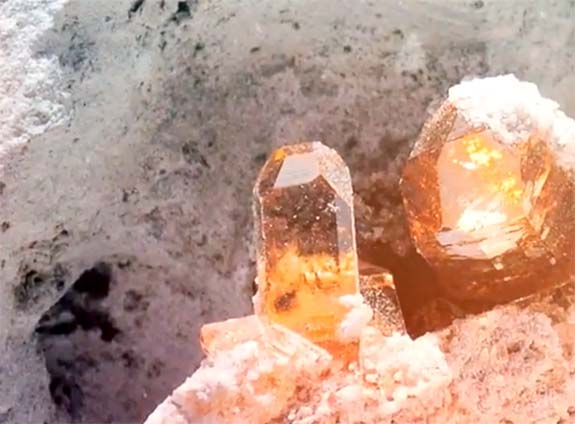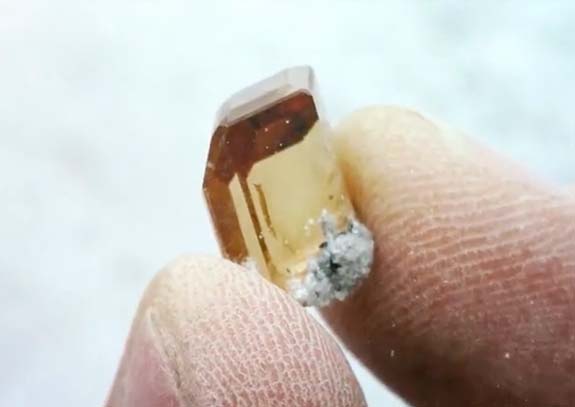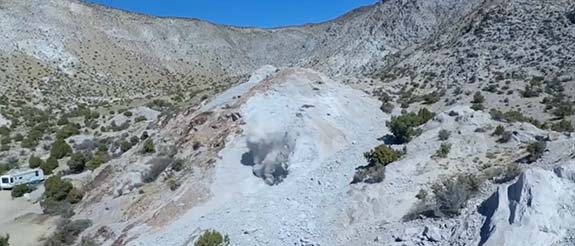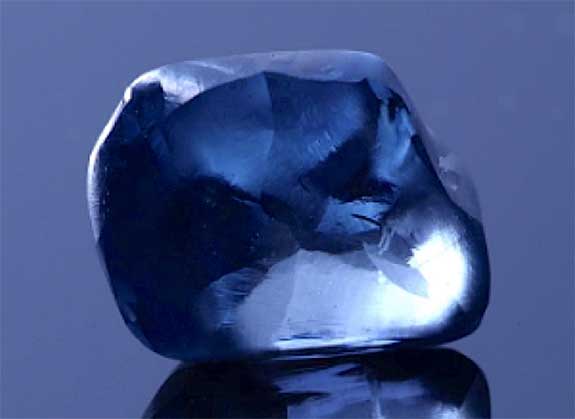There are few things in life more sentimental than the father/daughter dance at a wedding, and one of the top tunes for that time-honored tradition is the subject of today's Music Friday treat. Welcome to our weekly review of songs with jewelry, gemstones or precious metals in the title or lyrics. In Michael Bolton's sweet 2003 rendition of "Daddy's Little Girl," the singer describes his daughter as a precious gem.
In the very first verse he sings, "You're the end of the rainbow, my pot of gold / You're Daddy's little girl to have and hold / A precious gem is what you are / A ray of hope, a shining star."
Bolton, incidentally, is the proud papa to three daughters: Isa, Holly and Taryn.
Originally written by Robert Burke and Horace Gerlach exactly 70 years ago, the sing-along ditty has stood the test of time. Made famous by The Mills Brothers in 1950, "Daddy's Little Girl" was revived by Frank Fontaine in 1963 and Al Martino in 1967. Thirty-five years later, in 2002, Michael Bublé featured the song on his Dream album, and a year later the song became the eighth track on Bolton's Vintage album.
The endearing song is still played by DJs at wedding receptions from coast to coast. In fact, iHeartRadio rated it #8 on its list of the "30 Father/Daughter Wedding Dance Songs Perfect for Your Big Day."
Born Michael Bolotin in New Haven, Conn., in 1953, Bolton earned his reputation as one of the top pop-rock balladeers of his generation with mega-hits, such as "How Am I Supposed to Live Without You" (1989) and "When a Man Loves a Woman" (1991).
During his career, he's sold more than 75 million records and charted eight Top-10 albums. He's earned two Grammy Awards and six American Music Awards.
Please check out the audio clip of Bolton singing "Daddy's Little Girl." The lyrics are below if you'd like to sing along...
"Daddy's Little Girl"
Written by Robert Burke and Horace Gerlach. Performed by Michael Bolton.
You're the end of the rainbow, my pot of gold
You're Daddy's little girl to have and hold
A precious gem is what you are
A ray of hope, a shining star.
You're a bright as the sunshine, morning's first light
You warm my day and brighten my night
You're sugar, you're spice, you're everything nice
and you're Daddy's Little Girl.
A precious gem that's what you are
A ray of hope, a shining star.
You're a bright as the sunshine, morning's first light
You warm my day and brighten my night
You're sugar, you're spice, you're everything nice
and you're Daddy's little girl.
Credit: Screen capture via YouTube.com.





